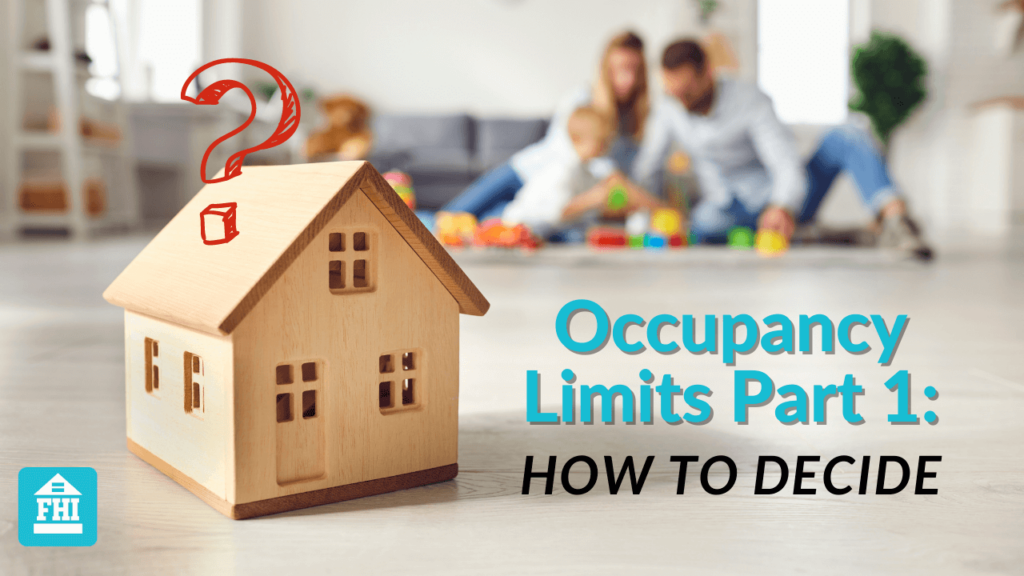Occupancy limits pose a unique challenge to housing providers. Especially in states or cities that do not provide clear-cut guidance. Join us as we consider what the laws do say and share some best practices to help you decide what your occupancy limits should be.
Estimated reading time: 3 minutes

Table of contents
Is there an occupancy limit law that housing providers have to follow?
Unfortunately, there is no one clear national law for housing providers to follow. This leaves the onus on each company to create a process to help them decide what a reasonable occupancy policy looks like. One main consideration regarding this, of course, would be Disparate Impact. Having an occupancy limit that is too restrictive could result in a negative impact on families with children. You need to be able to defend your policy in the event that it ever is challenged in a fair housing complaint.
A good place to start would be to look at your local building codes for reference. Also, review the Keating Memo from HUD, as this is where we see the common standard of two people per bedroom for federally funded housing.
However, if your property is a private market or a tax credit property, you should consider your local state laws. For example, California goes beyond the typical two-person per bedroom and employs what is known as the 2+1 standard.
If there is no local law, how does a property decide what their occupancy limits should be, keeping fair housing in mind?
A common scenario housing providers come across is a family that is interested in renting a two-bedroom apartment, but they have three children of varying ages and genders. It may seem like a default to insist on the two-person per bedroom practice, but as noted before, this can come across as two restrictive.
A few things to consider are the age of the children. Commonly infants are not included in the headcount until they are roughly one to two years of age. As a housing provider, you may want to ask yourself if you want to stick to the two-person standard. Or perhaps you can look into a way in which you could expand your policy to ensure maximum fair housing compliance.
Should the occupancy limit include specifics such as age or gender?
The short answer here is no. You should never dictate who can sleep where. That decision should be left to the family’s discretion. You need only be concerned with the number of people versus the size of the apartment.
A final point to consider is to remember the difference between a family asking for a larger apartment versus a leasing agent insisting on it. Taking the time now to create a policy that is not too restrictive and training your staff on how to properly deploy it will help you in the event a fair housing claim is ever made.
You May Also Like:
